The words “full moon” in many languages

It is said that there are more than 6,000 languages worldwide (this is hard to imagine) and it is a fascinating concept to think, there are probably as many words for “full moon”.
Here we begin our little journey to the full moon. A few words about the fascinating quest of the greater purpose, that includes the full moon circulating through our lives. In layman’s terms and not always scientific (astronomy experts – don’t look too closely!). We would like to wish you illuminating moments. Enjoy!


It is said that there are more than 6,000 languages worldwide (this is hard to imagine) and it is a fascinating concept to think, there are probably as many words for “full moon”.
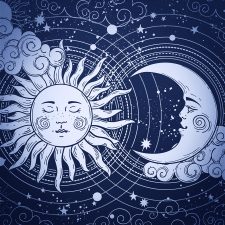
A full moon is when the Sun and the Moon are facing opposite, being in opposite direction from an Earth perspective.
This might feel astonishing if one imagines that the Moon is on one side, the Sun on the other and the Earth in between? Shouldn’t the Earth throw a shadow onto the Moon? Bingo – this is exactly what she does! But only when the Moon is exactly on the Earth orbit, the so called “ecliptic”. When this takes place, we speak of a lunar eclipse!
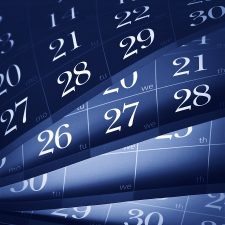
The Moon needs 27.33 days to circle around the Earth. Something that is also referred to as “sidereal time”. But because the Earth orbits the Sun, just like the Moon orbits the Earth, the Moon has to travel two further days in order to resume the same position to the Earth and Sun. This is then called the “sidereal time”. In order to determine the point of time of the reoccurring full moon, the sidereal time serves as basis.

We already know now that the moon month is mostly shorter than the calendar month, being on average approximately 29.5 days. If full moon falls on the first or second of a month, it is possible that another full moon occurs in the same month, for instance in July 2004:
Friday, 2 July 2004, 01:08:54 pm
Saturday, 31 July 2004, 08:05:06 pm
This event is also known as “blue moon”.

The answer is: “everywhere at the same time”. This refers to the so called Universal Time (UT) though, which is used for general astronomical events. We have already learnt that full moon is an astronomical event, where the moon, sun and the earth play a role by being in a specific position. So, full moon takes place at a specific time in the outer space. This point of time is specified by astronomers namely by the Universal Time.

There are multiple ways of approaching this question. If we look at it from a purely theoretical standpoint, we might be tempted to say that the full moon is infinitely short, since the phases of the moon are changing continuously. The moon is not yet quite full shortly before the full moon, and is already waning shortly afterwards.
However, there is a practical aspect that lets us quantify the full moon as a finite and measurable span of time: Since the Sun is significantly bigger than the Moon, its rays are able to reach just a little over half of the Moon’s surface. This means that the timespan in which the visible side of the Moon’s surface is irradiated (as seen from Earth) is longer than infinitely short.

Whether scientists, astrologers or esoterics, they agree on one thing: the moon influences earth and life on earth. For instance, it regulates the tides through its magnetism. Also continents feel the consequence of this magnetism and either raise or lower their position sometimes up to 26 cm.

In nature it is a known fact: for some animal species, mating takes place at full moon. However, the examples that can be found on this subject are rather simple. Full moon serves in some cases indirectly as the cause (for instance through the high water levels during the tides that the horseshoe crab uses to deposit its eggs) or also as the signal for both sexes of a species to begin at the exact same time to safeguard their future existence (a particular type of fly or also corals). It is understood that also wolves are led by full moon when it is time to mate.

… that people are looking for an argument at full moon or are especially happy …
… that if full moon is surrounded by a haze, a person dies …
… that you raise your hat three times to the moon (being a man) or you make a curtsey (being a woman), in order to protect yourself from misfortune until the next full moon …
… that whoever does not chink glasses with full moon at least once, does not deserve any happiness [Greek toast] …
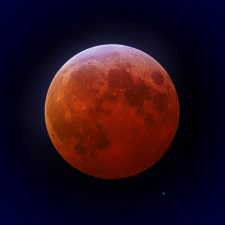
During a lunar eclipse, the Moon moves through the shadow of the Earth. Which means, that the Earth is positioned quite exactly between the Sun and Moon and casts its shadow onto the Moon. This is only possible at full moon and if some other requirements are met. Depending on whether the moon passes the partial or the core shadow of the Earth, we speak of a partial or total lunar eclipse.
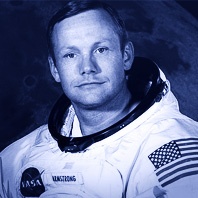
Neil Alden Armstrong (1930–2012) was a US American astronaut, who was the first man to set foot on the Moon as the commander of the Apollo 11 mission on 21st July 1969, and hence the first to step on a foreign celestial body. The mission was preceded by a fierce competition about the »reign« of space, between the then super powers USA and Soviet Union, so that the success of Apollo 11 turned out to not only have a historical meaning but also had a political relevance.
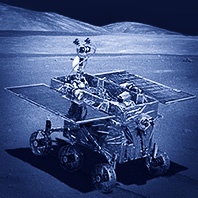
After USA and the Soviet Union, China will be the third nation in the world travelling to the Moon with their space program, and they will probably land there with the astronauts as well in the long term. At the moment, an unmanned spaceship »Chang’e-3« (moon fairy) is on its way to the Moon since 1st December 2013, planning to land in the Mare Ibrium on 14th December and supposed to transport a rover for research purposes of the Moon’s surface. The vehicle is called »Yutu« (jade rabbit).

Potassium, aluminium, silicon, oxygen and some other ingredients result in a mineral in a certain compound, which has received the name moonstone due to its whitish, shimmering glow. This stone has already been known in old cultures. The Romans viewed it as solidified rays of the Moon, the old Greek connected it to the moon goddess Selene.

In June or July of each year, students commemorate their spiritual teachers (Gurus) with a big festival in India, but also in many parts of Asia. This festival is always celebrated at a full moon (Purnima):
3rd July 2012 [*]
22nd July 2013
12th July 2014
31st July 2015
In Hinduism, this day is also dedicated to the wise Vyasa who is connected to vital Indian writings, like the Vedas, a significant collection of religious scripts.

We are tapping again into the treasure chest of Old English stories and have come across the fairy tale »The Buried Moon« or »The Dead Moon«. This piece was published by the Australian historian Joseph Jacobs in 1894, as part of a fairy tale collection, but its origin lies much further back like so many folktales, and has been passed down by word of mouth over the centuries.

When looking at the Moon, how slowly it travels across the night sky, one could easily forget that we are moving with a staggering speed through space with our Earth and our Moon. Furthermore, there is the rotation of the orbs to each other, which remains hidden from our senses as well. Only the mind knows of these astronomic connections and only for a short period of time (measured by our existence).

The Belgium painter René Magritte (1898–1967) was next to Salvador Dalí, one of the most influential painters of surrealism. This denotes a style in art (and in other areas), which has tried to use dreamlike, fantastical and absurd elements as techniques of expression for a new superior reality, since the 1920s.

Google is on everyone’s lips and in our computer oriented world there is probably not a day, where we don’t encounter the name of the US enterprise with its famous search engine in one form or another. We google – this is how the Oxford English Dictionaries have it since 2006.
Google has demonstrated more than once, how to change the world with unconventional ideas. Since 2007, there is a project, which continues this tradition: the »Google Lunar X Prize«.
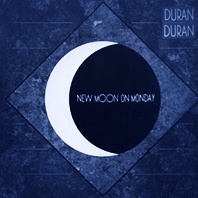
In 1984, the song »New Moon on Monday« was released by the British music group Duran Duran. This was deep in the 80’s, when men and women artistically draped their hair and wore gear that makes you chuckle looking at them from today’s perspective. The ambitious music video tells the plot of an underground rebel group called »La Luna«, who fight against a military regime, and who call upon the power of the Moon to help them. Back then, this was shot in the French village Noyers with great efforts during winter temperatures.
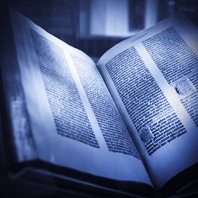
The Bible is undoubtedly one of the most important books in human history – most printed, most translated and worldwide the most widespread. It is the Holy Scripture of Christianity and Judaism (in different forms) and therefore the manifestation of God’s word in two of the major world religions.
The text contains, with its archaic, poetic language, many descriptions of nature and celestial events. So, it is obvious that the Sun, the Moon and the stars are mentioned. But is the full moon also to be found?